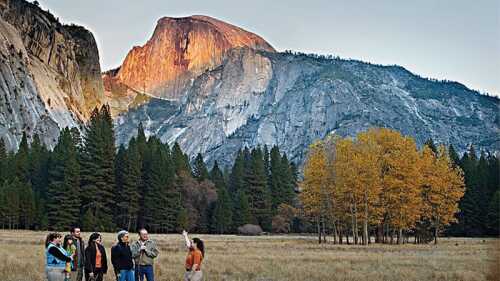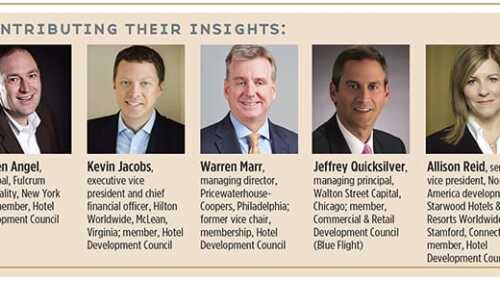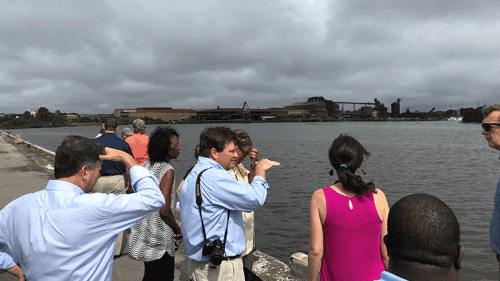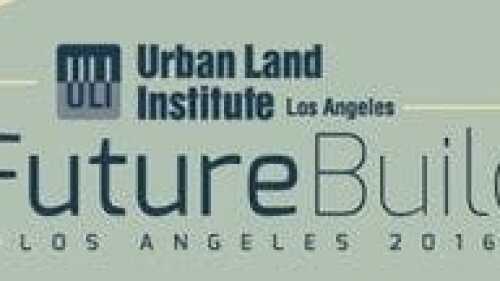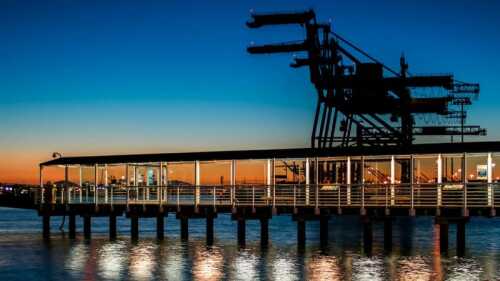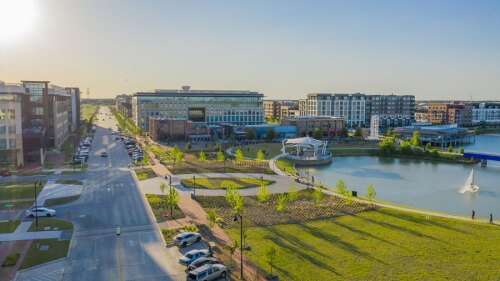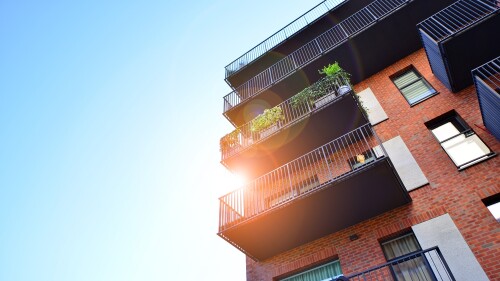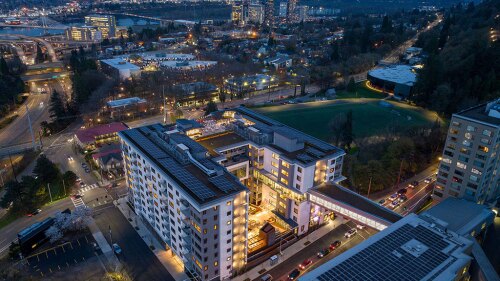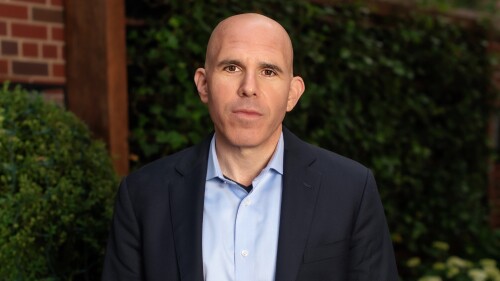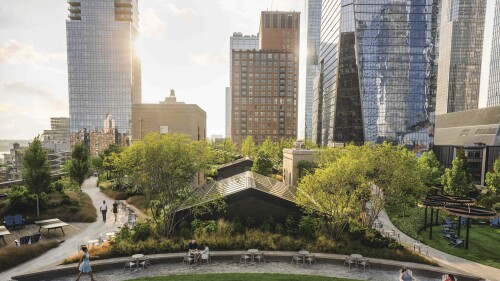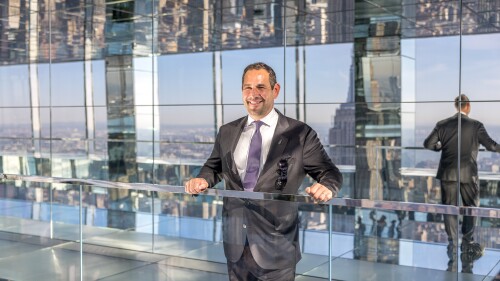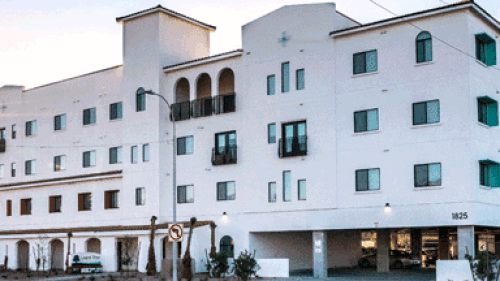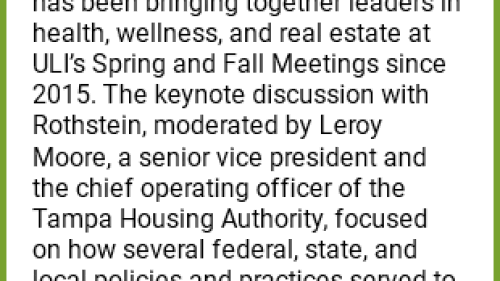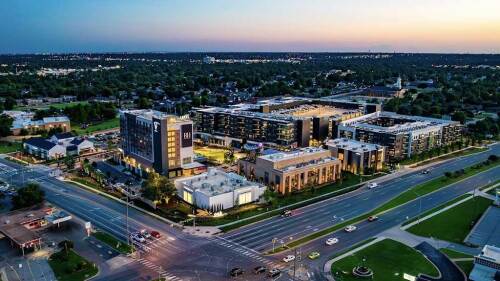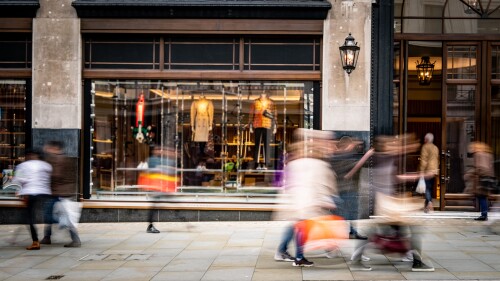Property Types
Hotels and Resorts
Tourism is a critical factor in the U.S. and world economies. “The impacts of tourism on a community can be beneficial if planned and managed, or extremely damaging if left without controls,” says Michael Kelly, former chairman of the APA’s tourism planning division.
Technology and changing travel habits are checking in as long-term guests.
The “fear of missing out” is a major motivator for today’s most affluent millennials who want every travel moment to be memorable—and tweetable.
Industrial
A ULI Advisory Services panel will visit the city of Georgetown and Georgetown County to advise representatives on how best to transform a 150-acre (61 ha) site into a catalyst for economic development.
FutureBuild 2016, hosted in January by ULI Los Angeles in partnership with VerdeXchange, offered a look at urban growth challenges in Los Angeles that are illustrative of issues faced by cities everywhere as they aspire to become more livable, prosperous, and sustainable.
Over the next decade, 20 markets worldwide—including south Florida; Santiago, Chile; El Bajío, Mexico; and Philadelphia—are set to emerge as global logistics hubs, according to a new report from CBRE Group Inc.
Mixed-Use
Internationally acclaimed Chicago architect and Studio Gang founder, known for bringing a sustainable approach to tall buildings, to receive the prestigious ULI Prize for Visionaries in Urban Development.
UnCommons was initially designed before the pandemic and then modified in response to it.
Attendees of ULI’s 2022 Fall Meeting in Dallas will have the chance to visit two master-planned communities northwest of the city’s downtown.
Multifamily
On January 7, 2025, when sparks began igniting the communities of Pacific Palisades, Malibu, Pasadena, Altadena, Hollywood, and others, the city of Los Angeles had been struggling to produce 486,379 new housing units by 2029, a number mandated by California’s Regional Housing Needs Assessment (RHNA) to address the shortfall.
Climate considerations have increasingly become a critical focus for real estate owners, operators, and investors over the past few decades, particularly as the frequency of billion-dollar weather and climate disasters has surged. Beyond the headline-grabbing events, more frequent temperature extremes and less stable energy costs have real financial implications for owners and residents. Key changes in our operating environment include:
Recently, three new senior housing apartment towers opened in the metropolitan area of Portland, Oregon.
Office
RXR CEO and Chairman Scott Rechler, in a recent ULI members-only webinar with ULI Foundation Chair Faron A. Hill, described the challenges and opportunities ahead as an epic, unavoidable storm. “That hurricane … eventually, it’s going to hit land,” Rechler warned. “The question is when it hits, how hard it hits, and where it hits the hardest.”
1933 postal distribution center made over for indoor/outdoor office and Manhattan’s largest rooftop park
Supertall creates a “palpable energy” that speaks to New York’s resilience and the future of cities
Residental
Demonstrating the connections among health, social equity, and living environments, ULI Arizona is offering solutions to boost housing affordability.
The segregation of urban neighborhoods across the United States since the Great Depression was largely created by policies and practices established and enforced by local and federal authorities, Richard Rothstein, author of the bestselling book The Color of Law, said during a group discussion with ULI members at the 2020 ULI Building Healthy Places Forum.
ULI MEMBER–ONLY CONTENT: Health is not just a trend in real estate development but an important factor that differentiates projects and benefits people and communities, Randall Lewis, ULI Foundation governor and executive vice president of Lewis Management Corp., said at a 2020 ULI Virtual Fall Meeting product council session he moderated on healthy living principles.
Retail
The OAK project began in 2009, when a development firm set their sights on the corner of Northwest Expressway and North Pennsylvania Avenue, the state’s most important and busiest retail intersection. As the region’s only parcel capable of supporting a vertically integrated project of this scale and density, that land represented an opportunity to create something truly special.
As aging retail continue to evolve, one increasingly popular trend has been to redesign malls as town centers—recalling a time when such commercial districts were the heart and soul of a community. Mall–to–town center retrofits are emerging throughout the nation, especially in suburban communities, where pedestrian-friendly, mixed-use environments are highly attractive to millennials now raising families.
Consumers have kept a steady foot on the gas this year. A record-high 197 million consumers shopped in stores or online over the Thanksgiving holiday weekend, according to the National Retail Federation (NRF). The NRF forecasts that holiday sales will grow between 2.5 percent and 3.5 percent, with total retail spending in the United States falling between $979.5 billion and $989 billion during November and December. That forecast also is consistent with NRF’s annual U.S. sales growth—between 2.5 percent and 3.5 percent—for 2024.

